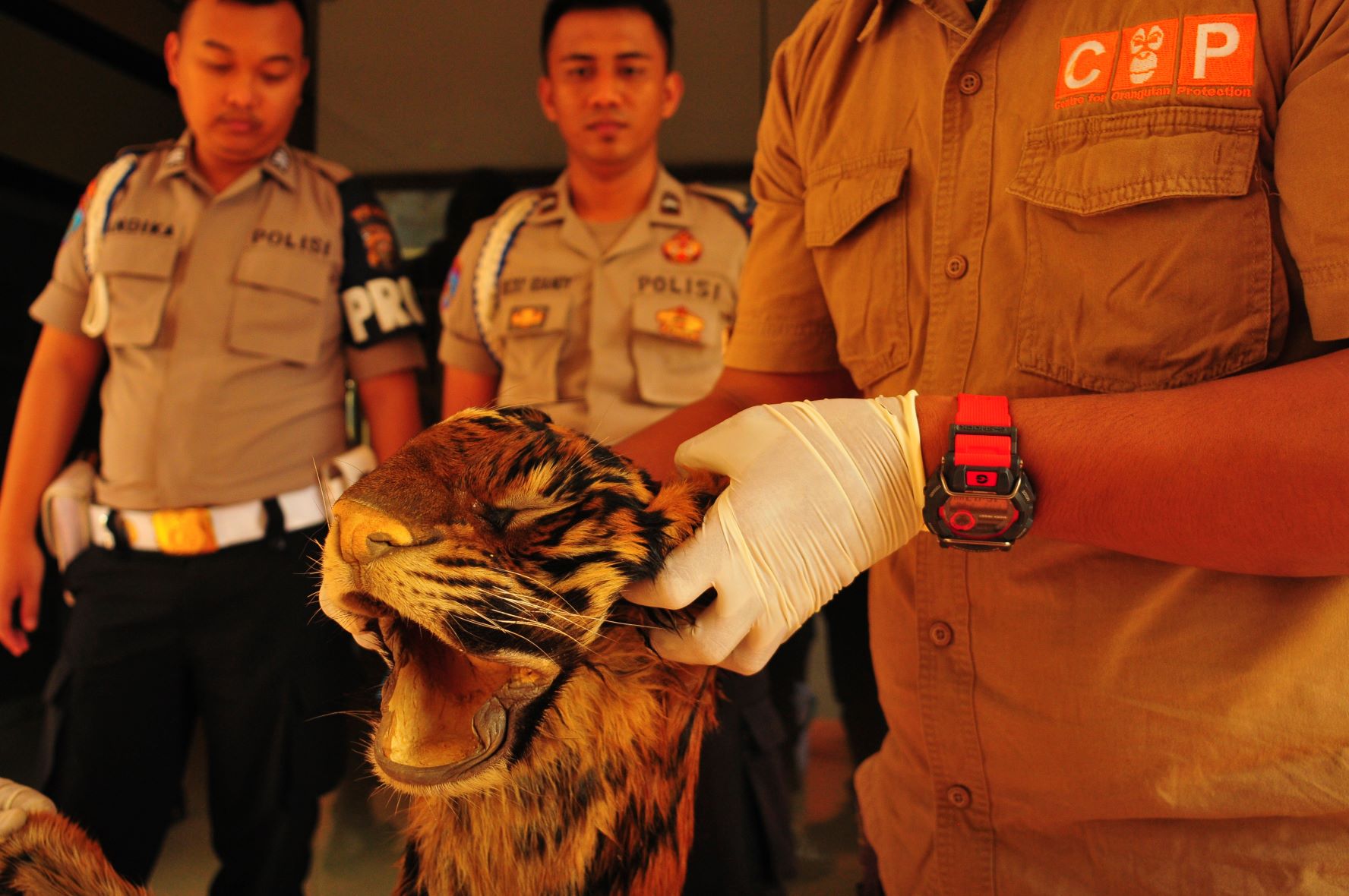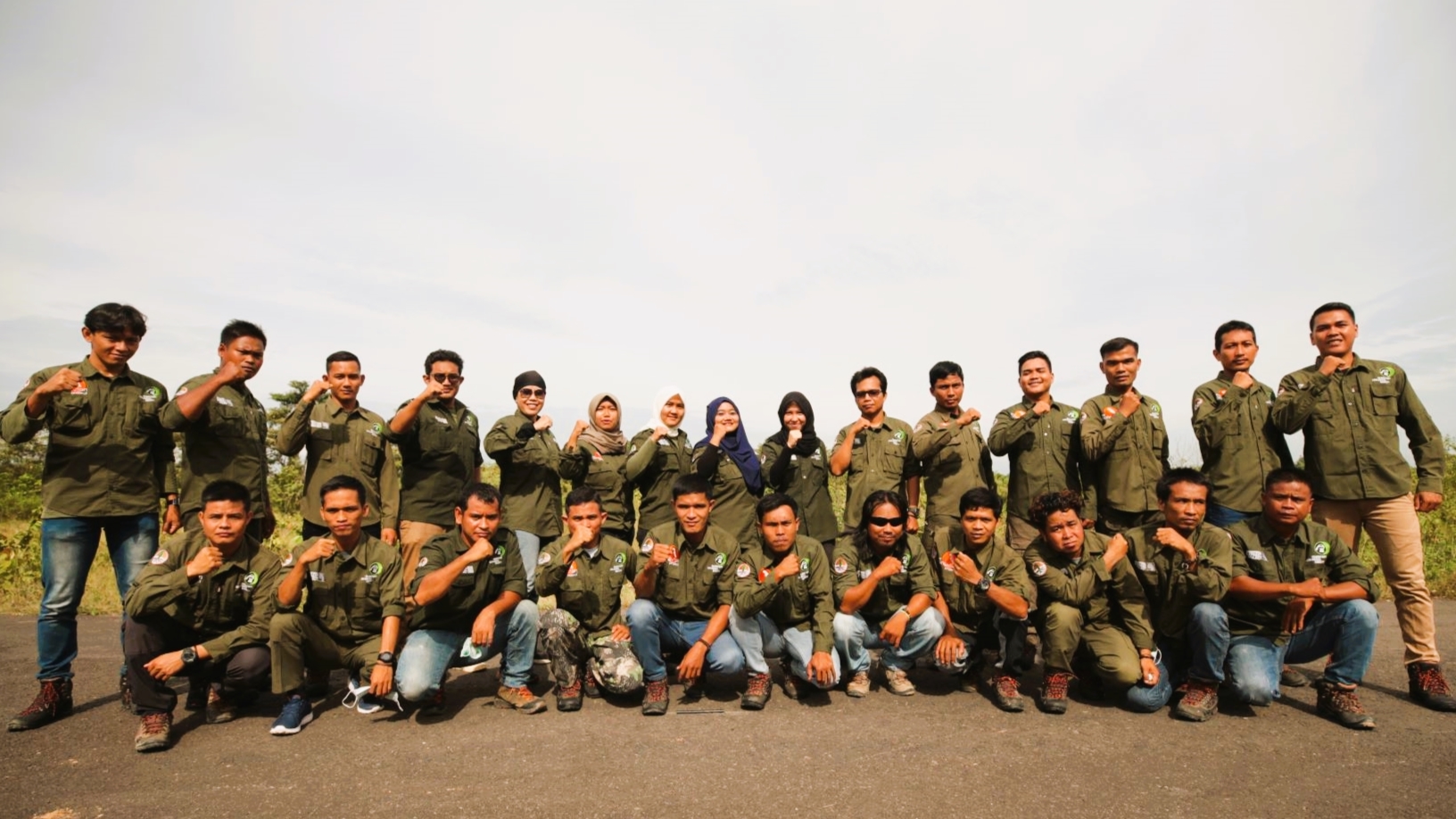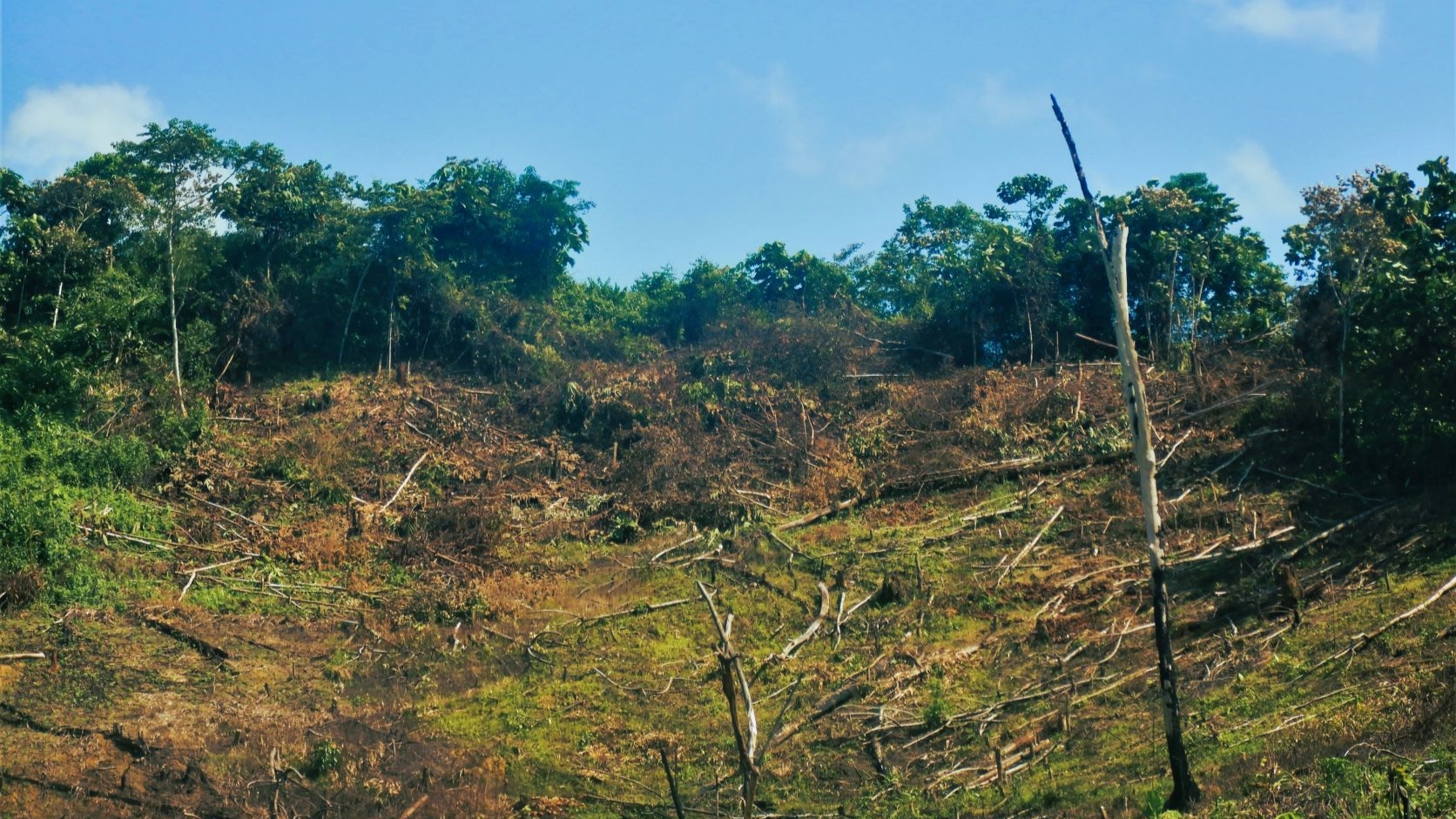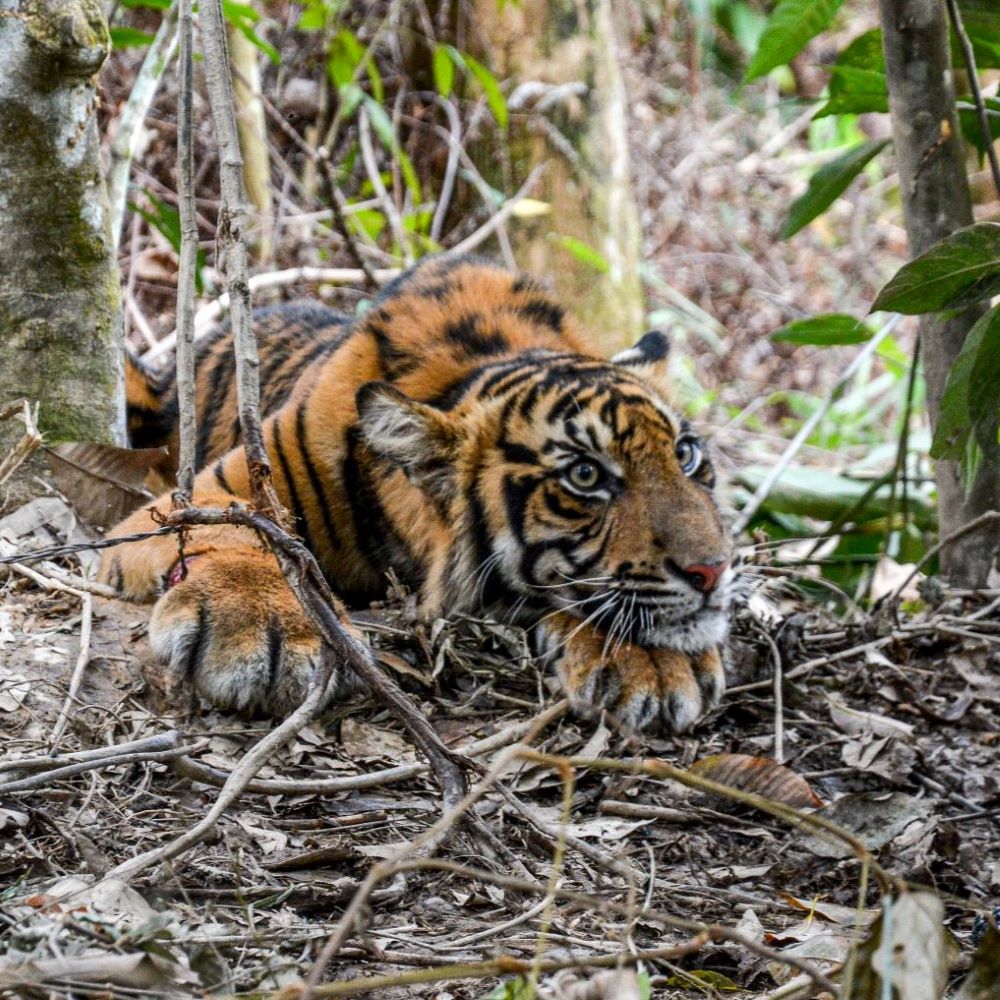Scientists estimate we have less than ten years to save Critically Endangered species like tigers, elephants and orangutans from Extinction.
This is a shocking statistic, but it’s not an exaggeration. Saving Sumatran tigers from Extinction takes considerable effort, time and money. To save even this species, all relevant parties - multinational corporations, governments, farmers, villagers and local businesses - must play a role.


Above: poaching is still a major problem, fueled by the black market trade in tiger body parts
Why do we talk about ‘extinction in the wild’?
When we talk about Extinction, we’re referring to a situation where there are too few tigers for the populations to be viable. There might still be some tigers surviving in forest fragments, but if there are not enough individual Sumatran tigers, with enough genetic diversity, living free and wild in the forest, over time the species will die out.
That’s if we don’t put in place all the key actions we need to stop their slide into Extinction.
Firstly, we need to protect tigers from the horrific black market trade in their skin, teeth and more. We need to painstakingly remove snares and traps from the forest, which are set to catch species such as tigers, wild boar and deer. Sumatran tigers die every year, caught in these snares, and their deaths are traumatic. Just this year, at least four Sumatran tigers have been found dead in snares; three were found in one horrible day last month. Every month, our rangers remove snares from forests all over Sumatra.
Secondly, we must reduce conflict between tigers and humans, which includes educating and engaging with communities, farmers and villages to help them protect their herds from tigers and to educate them about how live peacefully with wildlife. Our teams work closely with farmers to help them put up cattle corrals in areas where tigers are known to predate on cattle. We also use noise makers to encourage tigers back into the jungle and away from cattle herds.
Thirdly, and most importantly, we need to ensure there is enough forest for Sumatran tigers to survive. This is the big one. Because the forest habitat that tigers have evolved to live in over millions of years is increasingly fragmented, degraded and destroyed. Some forest still exists, but it is under constant threat from logging and many other detrimental activities on a daily basis. If we don’t save the remaining forests, not only will Sumatran tigers die out, but so will many other Endangered species.


Above: our Wildlife Protection Units
We need to save key ecosystems across Sumatra
To save tigers and many more species from Extinction, we need to save a number of key ecosystems across Sumatra. But they must be the right size, type and shape of forest to sustain large numbers of tigers. Sumatran tigers, orangutans, elephants and other large mammals thrive best in lowland riverine forests, so saving these forests is one of our key strategies to reduce the threat of Extinction. It’s not enough, for tigers to survive, to save just any tract of forest.
If we put in place all the required actions now, by the year 2030, we should have enough of the right type of forest, so we can save tigers from the threat of Extinction. These functioning ecosystems act like arks of biodiversity, which can sustain wildlife, local and indigenous communities, and also play a crucial role in combating climate change.
The grim truth is that 80% of tigers, orangutans and elephants live in degraded forest. If they are forced to solely rely on hilly and degraded forest areas, their Extinction is inevitable. Wildlife wants to exist in the same areas that humans want to exist, and where monocultures are often planted. We must retain these last remaining forests for wildlife, not for oil palm, rubber tree or pulp paper plantations. To date, we’ve helped secure legal protection status for one critically important ecosystem in Sumatra: the Bukit Tigapuluh Ecosystem, where we work with our partner Frankfurt Zoological Society and the Ministry of Forestry and Environment. But there are at least another two ecosystems in Sumatra that need to be saved from the bulldozers.


Above: a section of the Bukit Tigapuluh Ecosystem destroyed by illegal loggers
There are less than 400 Sumatran tigers remaining in the wild, a distressing statistic especially in this Year of the Tiger. The genetic diversity of all populations is at risk, especially as they are restricted to fragmented forests and less able to move to other areas. In addition, many tigers live in forests that are unprotected. The pressure on this species comes from all sides, and without urgent intervention to save their remaining forests, they will become Extinct in the wild.
And if that day comes, whether in ten years or one hundred, it will mean the end of one of the most noble and majestic beings who ever lived. Find out how you can make a difference this Year of the Tiger.
Below you can see a young Sumatran tiger caught in a snare, a Sumatran tiger photographed by one of our camer traps, and the Bukit Tigapuluh Ecosystem which we've protected.
_square.jpg)
_set1_dsc_0900_cropped_reduced_square.jpg)

